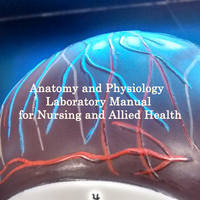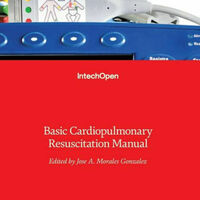Search
Books+
Searching 1,73 books
Search related to the career Radiographer
Imaging Procedures Performed by Radiographers:
1. X-ray Imaging: Radiographers commonly perform X-ray imaging, which involves using electromagnetic radiation to produce images of the internal structures of the body. X-rays are used to diagnose various conditions, such as fractures, infections, tumors, and lung diseases.
2. Computed Tomography (CT) Scans: Radiographers may conduct CT scans, which utilize a combination of X-rays and computer technology to create detailed cross-sectional images of the body. CT scans are useful for diagnosing conditions in the brain, chest, abdomen, and other body parts.
3. Magnetic Resonance Imaging (MRI): Radiographers may operate MRI scanners, which use a powerful magnetic field and radio waves to generate detailed images of organs, tissues, and structures within the body. MRI is particularly valuable for examining the brain, spine, joints, and soft tissues.
4. Ultrasound: Radiographers often perform ultrasound examinations, which use high-frequency sound waves to create images of internal organs, blood vessels, and developing fetuses. Ultrasound is commonly used for evaluating the abdomen, pelvis, heart, and blood flow.
5. Mammography: Radiographers may specialize in mammography, a specific type of X-ray imaging used for breast examination. Mammograms are essential for detecting and diagnosing breast cancer and other breast abnormalities.
6. Fluoroscopy: Radiographers may conduct fluoroscopic procedures, which involve real-time X-ray imaging to visualize the movement of organs or structures within the body. Fluoroscopy is commonly used for procedures like barium enemas, swallowing studies, and joint injections.
7. Nuclear Medicine: Radiographers may assist in nuclear medicine procedures, which involve administering radioactive substances to patients and using specialized cameras to capture images of the radioactive tracers within the body. Nuclear medicine is used for diagnosing and treating various conditions, including cancer and heart diseases.
8. Angiography: Radiographers may participate in angiographic procedures, where contrast agents are injected into blood vessels to visualize and evaluate the circulatory system. Angiography is commonly performed to diagnose and treat conditions like blocked arteries, aneurysms, and vascular malformations.
9. Interventional Radiography: Radiographers may assist in interventional radiology procedures, which involve using imaging guidance to perform minimally invasive treatments. These procedures can include angioplasty, stent placement, biopsies, and drainage of abscesses.
10. Bone Densitometry: Radiographers may perform bone densitometry scans, also known as dual-energy X-ray absorptiometry (DEXA), to measure bone mineral density and assess the risk of osteoporosis and fractures.
It is important to note that the availability of specific imaging procedures may vary depending on the healthcare facility and the radiographer's level of expertise.
Source: Various AI tools
Redio
Vocational skills
Computer science
Maprofesa
Searched in English.
























































